Fiddle leaf fig propagation - I'm a root killer
Hello Kitty
5 years ago
Featured Answer
Sort by:Oldest
Comments (30)
Hello Kitty
5 years agoRelated Discussions
Root Rot?! Please help my Fiddle Leaf Fig!
Comments (10)Hello! So it seems that You do have root rot. Root rot in fiddle leaf figs is vary common, Yet vary deadly if you don't act fast, You did the right thing by drying out the rootball. The next step is to Inspect the roots and remove any wet, soggy, Or browning roots. After that there is not much more you can do but put it in Fast draining soil and not water it for a while in a well draining pot. I believe that at this stage, It will recover. Just a future tip, When potting a FLF, don't use a pot that is to much bigger than the rootball, A pot that is too big will retain water, And cause root rot. I hope this helped, Good luck on saving you fig. Best Regards, Aidan....See MoreFiddle Leaf Fig - Oh my Ficus Lyrata! I'm confused!
Comments (2)you can use stick to straighten the stem, so it doesn't lean. top up the soil and cover the sticking roots. other than that the usual. provide as much light as you can and appropriate watering. provide artificial light for the upcoming winter moths. do that and the stem will fortify and straighten. if you want a bigger intervention you can cut the stem close to the ground and let it branch out and thicken. Your plant actually looks pretty good, not much wrong with it....See MoreFiddle Leaf Fig Propagation From Stem
Comments (24)How the tree responds to pruning is extremely predictable. Since you probably haven't yet paid much attention to what happens after a branch is pruned, your trepidation is understandable. This is a link to a thread where I pretty much suggested the same thing: https://www.houzz.com/discussions/any-pruning-advice-for-ficus-lyrata-fiddle-leaf-fig-dsvw-vd~5306999 Internodal and tip cuttings are better started in a well-aerated medium. Internodal cuttings don't include the growing branch tip (the apical meristem), tip cuttings do. Perlite works well for starting cuttings. I have excellent success in the soil I grow all my trees in: A rooting (hormonal) aid isn't necessary. Al...See MorePropagating Fiddle Leaf Fig Leaf
Comments (17)Personally, I'd use a soil drench made with 1.47% Imidacloprid at the rate of 1 tsp/ quart (or liter) of water. It should provide immediate 100% knockdown, and will persist in the soil for quite a while. It works systemically in the plant, so should keep your plant free of predators like scale, mealybug, thrips, …………… . If you are unable to maintain your plants' root systems in a state of high vitality (good health), a healthy plant is only something you can wish for. To a large degree, your ability to provide a healthy environment for roots depends on your choice of soil; not to mention that an appropriate soil, one that allows you to water correctly w/o the plant having to pay the price exacted by a soil that remains soggy for extended periods, makes your job as a grower much easier across the board. If you like, I can provide a link to a thread that explains how water behaves in container soils. Gaining an understanding of the concept it outlines is almost certainly the largest step forward a container gardener can take at any one time. Al...See Morepetrushka (7b)
5 years agoHello Kitty
5 years agopetrushka (7b)
5 years agoHello Kitty
5 years agopetrushka (7b)
5 years agolast modified: 5 years agopetrushka (7b)
5 years agoMatt Barnett
5 years agoDave
5 years agopetrushka (7b)
5 years agoMatt Barnett
5 years agopetrushka (7b)
5 years agolast modified: 5 years agoHello Kitty
5 years agolast modified: 5 years agoHello Kitty
5 years agotapla (mid-Michigan, USDA z5b-6a)
5 years agoHello Kitty
5 years agotapla (mid-Michigan, USDA z5b-6a)
5 years agolast modified: 5 years agoHello Kitty thanked tapla (mid-Michigan, USDA z5b-6a)Hello Kitty
5 years agoHello Kitty
5 years agotapla (mid-Michigan, USDA z5b-6a)
5 years agoHello Kitty
5 years agoNeed2SeeGreen 10 (SoCal)
5 years agotapla (mid-Michigan, USDA z5b-6a)
5 years agoNeed2SeeGreen 10 (SoCal)
5 years agoHello Kitty
5 years agotapla (mid-Michigan, USDA z5b-6a)
5 years ago
Related Stories

DECORATING GUIDESFrom Queasy Colors to Killer Tables: Your Worst Decorating Mistakes
Houzzers spill the beans about buying blunders, painting problems and DIY disasters
Full Story
HOUSEPLANTSPlay Up Some Fiddleleaf Figs for a Lively Indoor Tune
Strike a dramatic chord in a minimalist scene or a country note in a rustic setting — fiddleleaf fig plants harmonize with any style
Full Story
DECORATING GUIDESThe Dumbest Decorating Decisions I’ve Ever Made
Caution: Do not try these at home
Full Story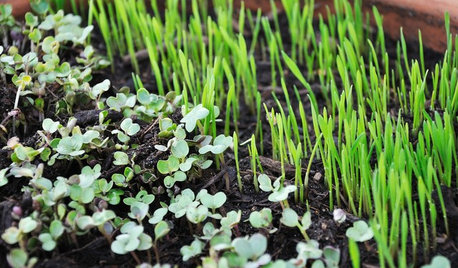
FARM YOUR YARDFarm-to-Table: Growing Your Food Indoors
A self-admitted plant killer-turned-urban homesteader shares her secrets on successfully growing edible plants indoors
Full Story
GARDENING GUIDESGarden Myths to Debunk as You Dig This Fall and Rest Over Winter
Termites hate wood mulch, don’t amend soil for trees, avoid gravel in planters — and more nuggets of garden wisdom
Full Story
LIFE6 Easy Design Resolutions That Can Bring You Joy
Try one of these pain-free changes to mark the start of the new year
Full Story
MY HOUZZMy Houzz: Japanese Minimalism Blends With Classic New Orleans Style
African art and indoor plants complement the clean and modern aesthetic of two landscape architects
Full Story
MOST POPULARHouzz Tour: Easygoing and Elegant in White, Cream and Gray
The renovation of an 1860s Massachusetts home creates a sophisticated, serene and comfortable living space
Full Story
CONTAINER GARDENSContainer Garden Basics: How and When to Water Potted Plants
Confused about soil moisture, the best time to water and what watering device to use? This guide can help
Full Story
GARDENING GUIDES6 Plants That Beat Butterfly Bush for the Wildlife Draw
It's invasive, a nonnative and a poor insect magnet. Check out these better alternatives to butterfly bush in the garden
Full Story


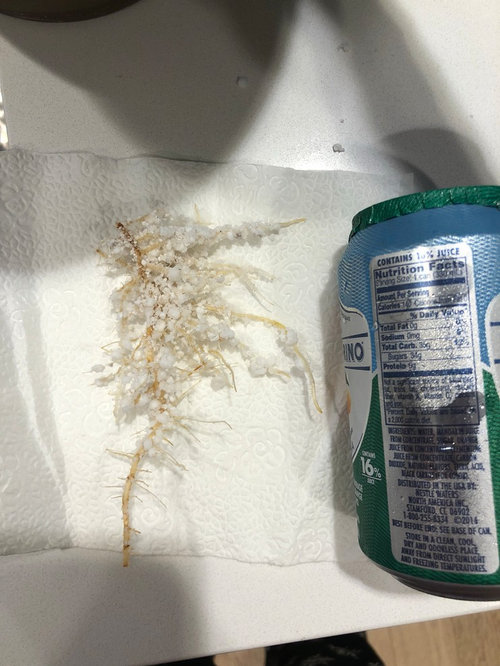
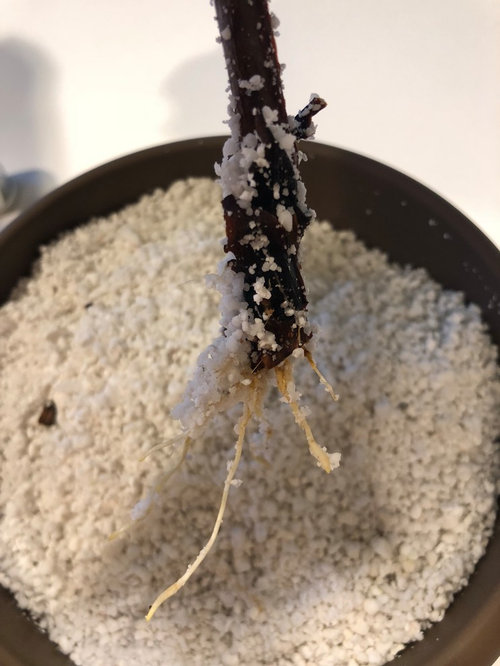

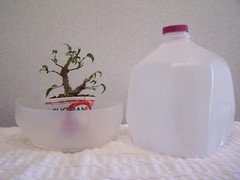

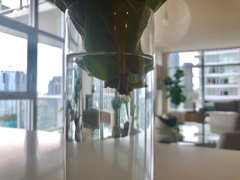
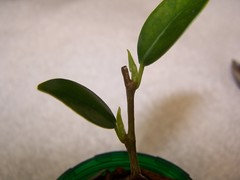
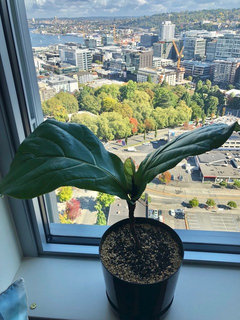




tapla (mid-Michigan, USDA z5b-6a)